Design and Simulation
We have professional CAD and CAE software as well as a team of highly qualified engineers to offer personalized design and simulation solutions.
CAD Mechanical Design
We carry out under computer-aided design (CAD), the development of new products even to improve existing ones. We create three-dimensional models of parts and assemblies to visualize the final product. And make it possible to make the appropriate modifications to the part before its production.
Services
Generation of part and assembly models
We design three-dimensional models of parts and assemblies, simple and complex, guaranteeing their feasibility, including the dimensions, tolerances and annotations necessary for manufacturing.
Piping design
We configure and design piping and conduit systems for optimal fluid flow.
Delineation of 2D manufacturing drawings and management of CAD Data
We deliver all the documentation in 2D plans, necessary for the manufacturing of parts or document management of the project. We can integrate with the client's manufacturing systems.
Reverse Engineering and Design Optimization
We can recreate existing components in cases where the original plans are not available using the 3D scanning.
Examples
Plastic or metal parts, sheets, welded parts, special surfaces, molds and dies, handling systems, machinery, etc.
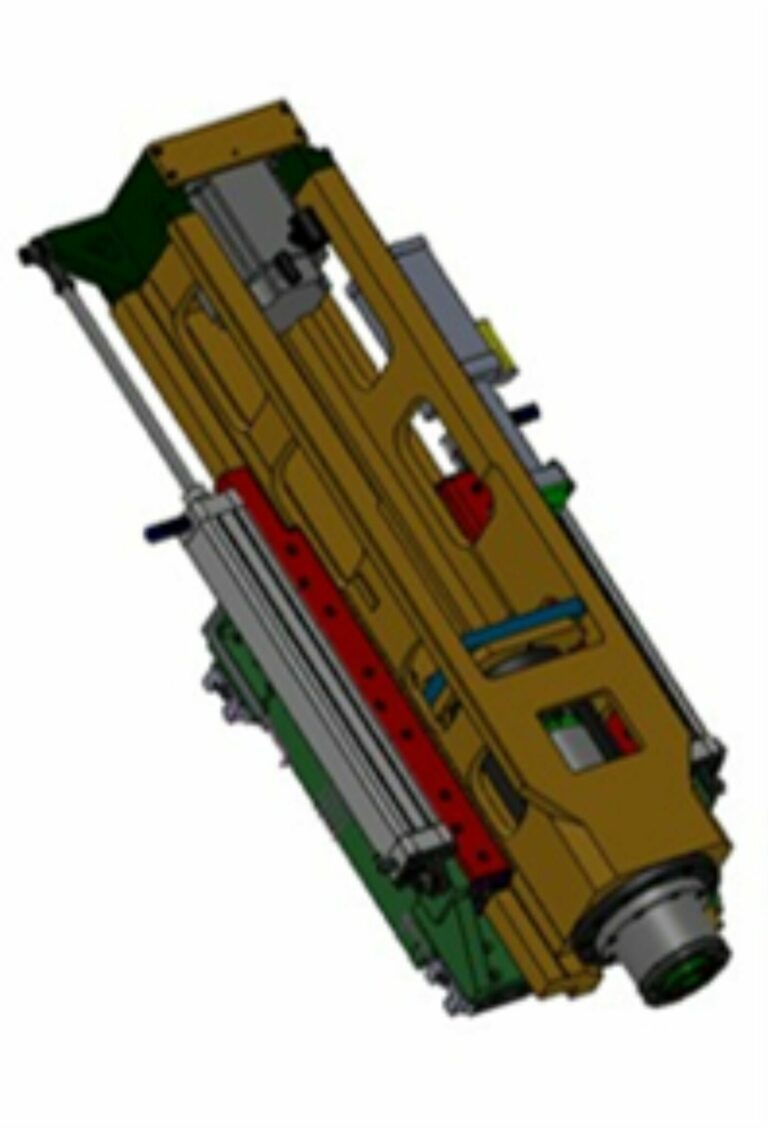
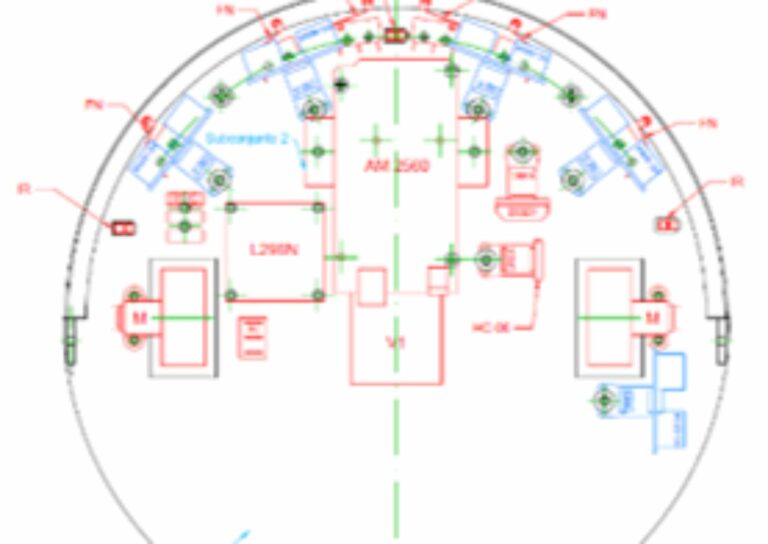
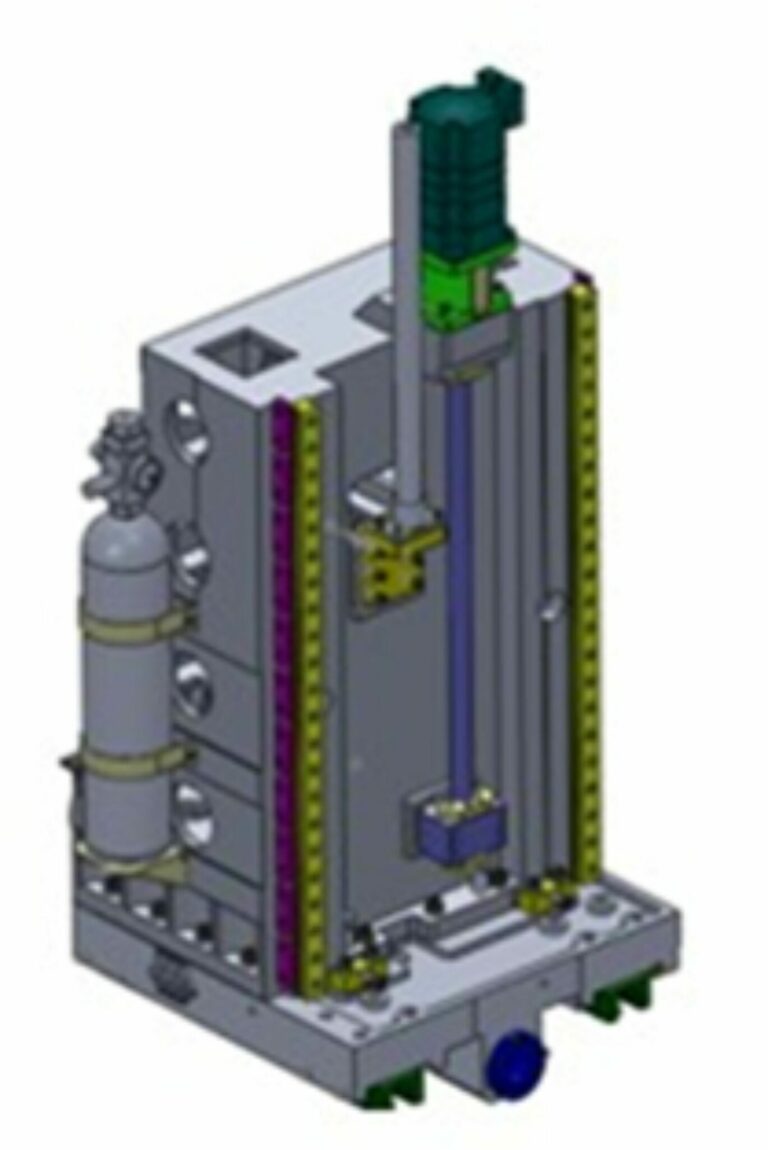
CAE simulation
We carry out engineering simulation (CAE) to predict how a product or system will behave in real working conditions. This is how we analyze how a product will withstand loads, vibrations, temperatures and other factors to ensure that it will meet performance and reliability requirements.
Simulation also allows us identify possible problems before production, saving development time and costs.
We work
- Simulation of Manufacturing Processes for process optimization.
- Multidisciplinary Analysis and Simulation, ensuring the excellence of the designs.
- Structural Integrity Assessment, verifying the safety and optimal performance of the components.
- Fatigue prediction, avoiding premature failures by evaluating useful life.
- Impact and Shock Analysis, helping to improve the resistance of designs.
- Thermal Study, optimizes the response of products to temperature variations.
- Fluid Simulation and CFD, improving the efficiency of flow systems.
- Vibration Analysis, to guarantee the resistance and stability of mechanical systems.
- Design Optimization, finding the best configuration for each project.
- Acoustics and Noise Reduction of sound-sensitive products.
Examples
Analysis of the manufacturing process and its stages, calculation reports, deformations, cost evaluation, decision-making support, etc.
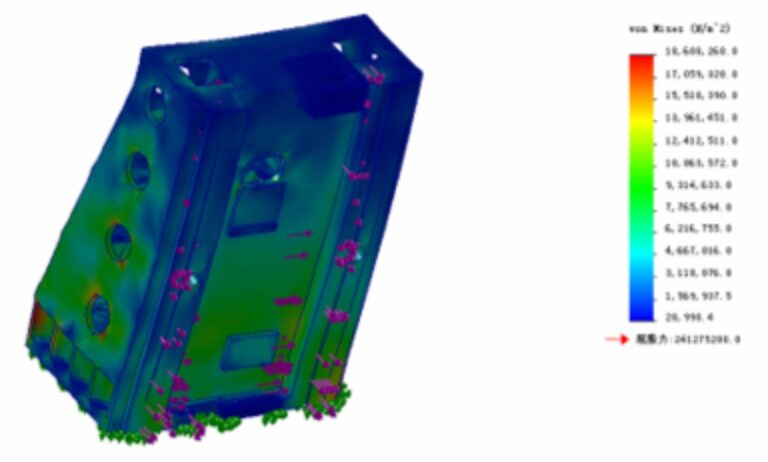
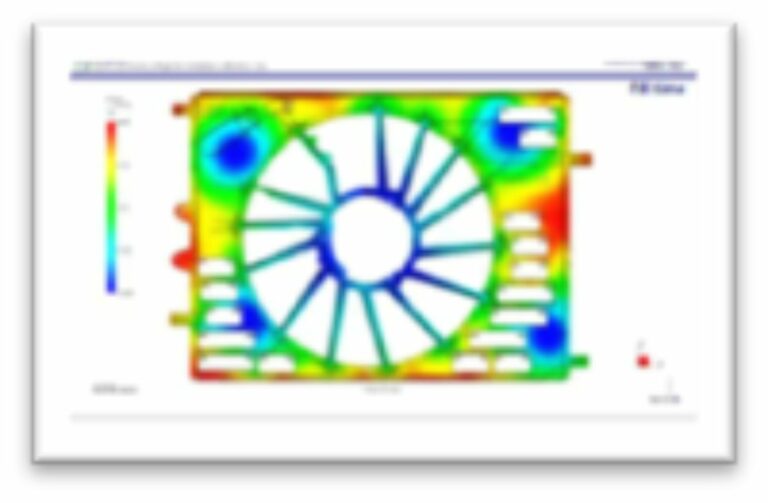
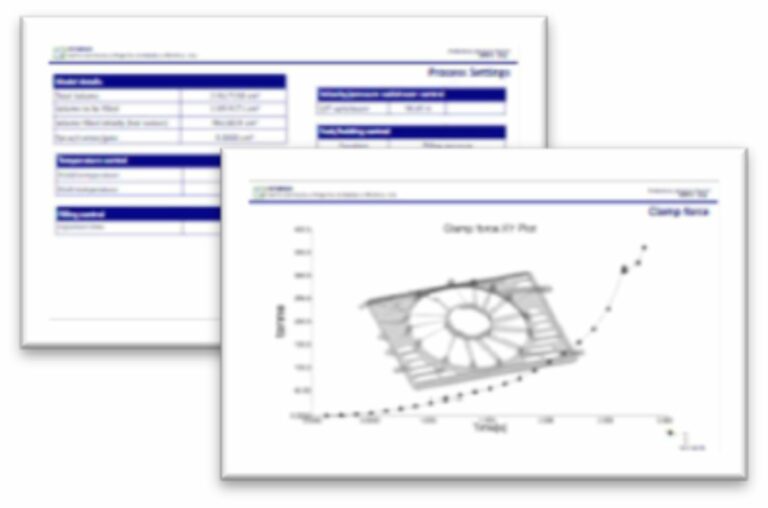
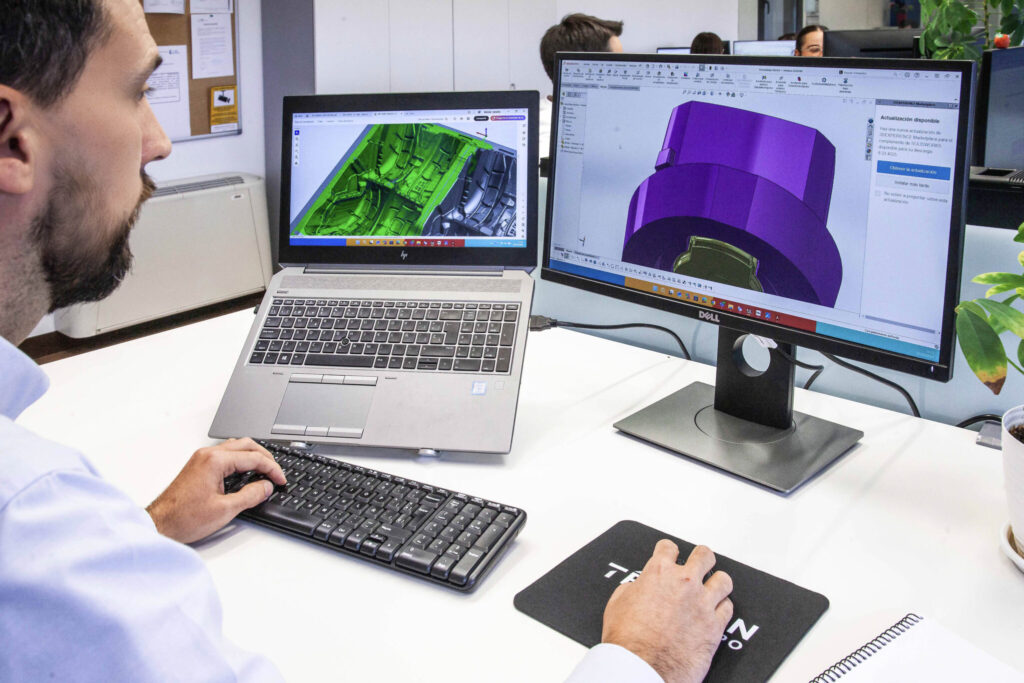
Reverse engineering
It is the most appropriate solution when there is no previous CAD or the available one is insufficient.
We start with scanning and obtaining the point cloud through the business unit of Téciman Metrología.
We then develop the solid 3D model using specific software, resulting in a file equivalent to that created in tools such as SolidWorks, Inventor, or CATIA. This 3D model is fully editable and can be processed in any CAD/CAM environment for subsequent manufacturing.
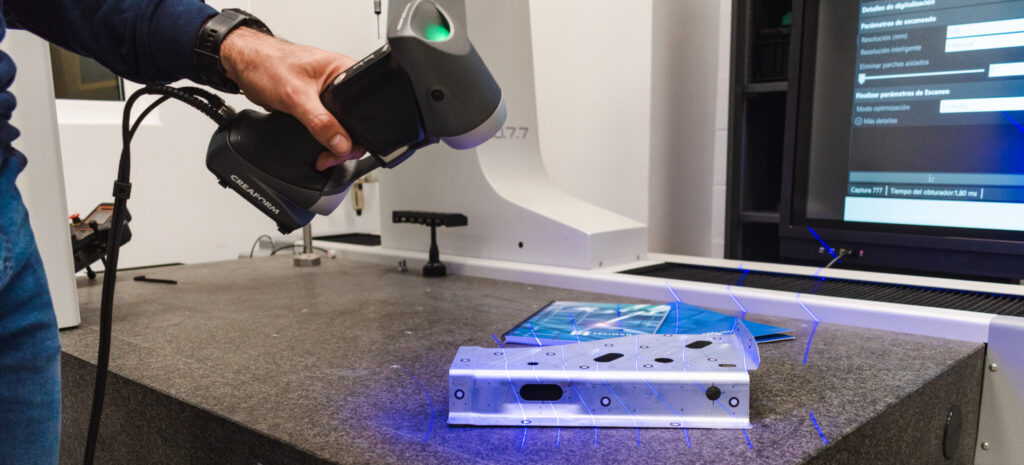
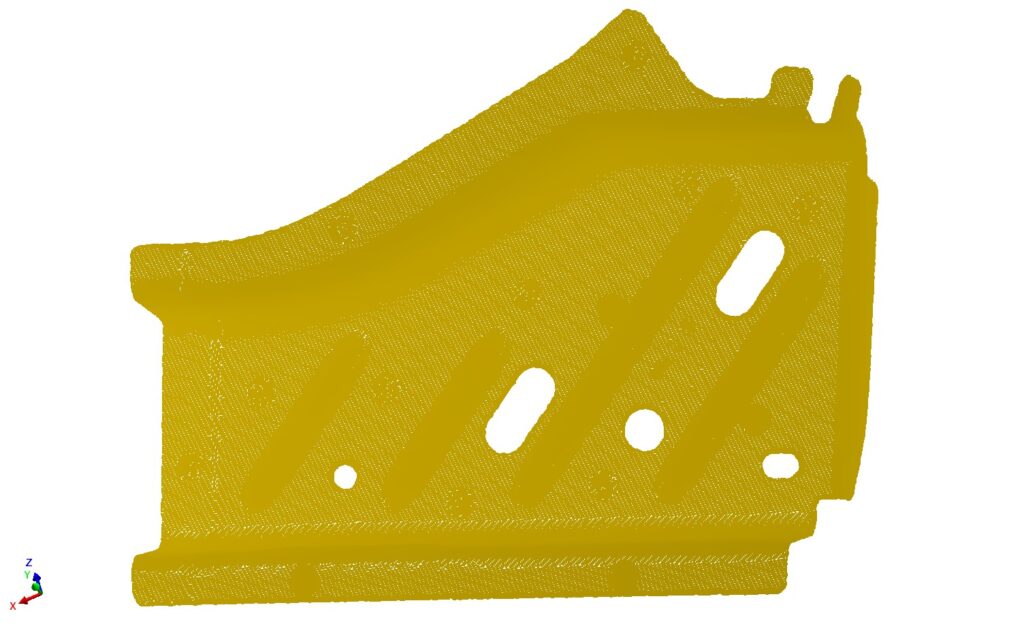
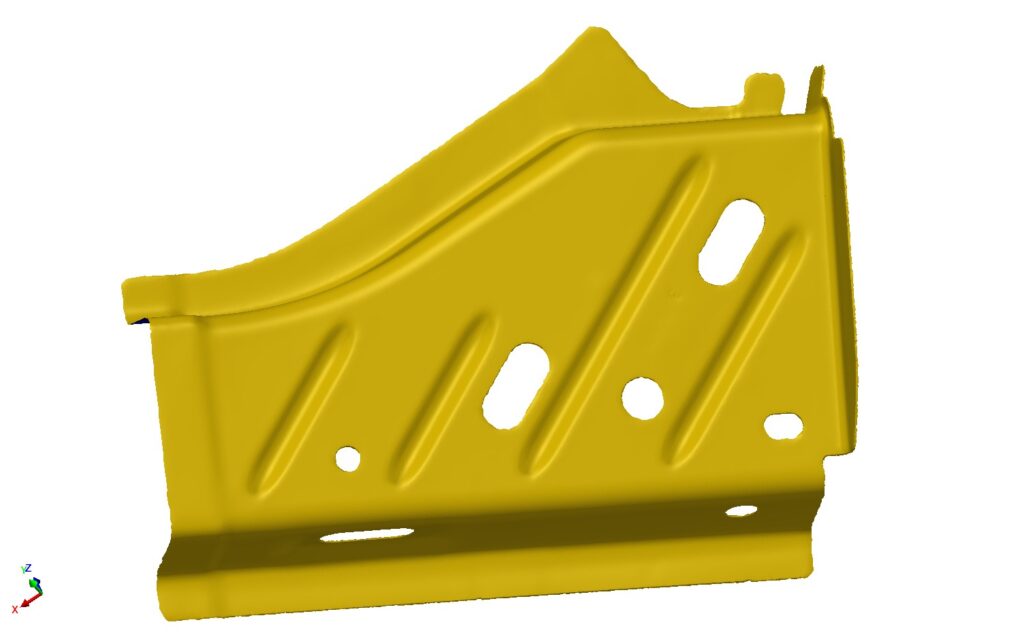
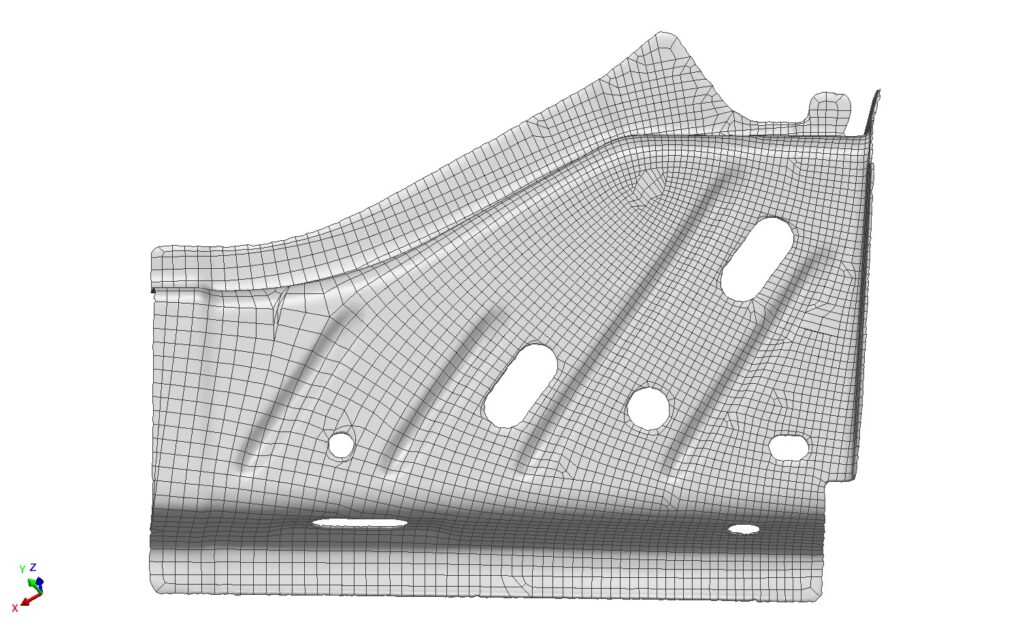
Applications
- Create CAD models of existing parts or components: useful for manufacturing replacement parts or improving a component's design.
- Analyze and improve a component's design: Gaining detailed information about its design and operation helps identify potential problems and improve the component's design.
- Upgrade or replace obsolete parts that are no longer available on the market. Reverse engineering can be used to recreate these parts, creating functional replacements.
- Create tool models for manufacturing related parts or components
Advantages
- It allows the creation of precise CAD models without the need for original plans.
- Save time and costs by improving an existing design instead of creating a new one from scratch.
- It facilitates the manufacturing of custom parts, which is useful for repairing older equipment.
- It enables the identification of problems and failures in its design and operation, helping to improve it.
- It allows the upgrade of old equipment to recreate obsolete parts, extending their useful life and avoiding the need to replace the entire equipment.